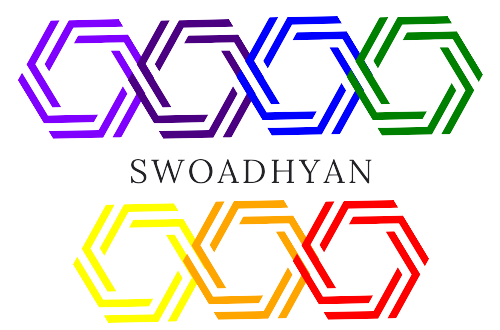Candidates are required to give their answers in their own words as far as practicable. Figure in the margin indicates full marks.
Group ‘A’
Brief Answer Questions (attempt all the questions) (10 x 2 = 20)
1. Find the equation of straight line which passes through the point (3,4) and having its slope is – .
2. Find the sum of the series 2 + 4+ 6+ 8+ 10 … up to 20 terms.
3. Determine whether the function given by f(x)= x2 + 3 has inverse or not. If yes, find the inverse.
4. Solve: x2 – 6x + 5 = 0.
5. Calculate the compound interest of Rs. 55,000 at 10% for 5 years.
6. Solve for x: 4x + 1 + 4x = 320.
7. Calculate the income elasticity of demand, when the income of a person increased from Rs 3000 to Rs 3500, quantity demanded increases from 300 to 400 units.
8. A machine costing Rs. 36,000 was reduced in value every year at the rate of 10% compound depreciation. What will be its scrap value at the end of 5 years.
9. Evaluate: .
10. The demand and supply function for a good are given by Pd = – Qd + 60 and Ps = Qs + 40. Determine the equilibrium price and quantity.
Group ‘B’
Short answer Question (attempt any SIX questions) (6 x 5 = 30)
11. The difference between the compound interest and simple interest on Rs 18000 for 2 years is Rs 45. Find the rate of interest.
12. Find the number of iterations to have the solution of an equation in the interval [1,4] within an accuracy of 0.01 by the method of bisection.
13. Solve the following system of linear equations:
x – y + z = 7
2x + 3y – z = 4 and
3x + 6y – 4z = 3
14. Calculate the payable annuity of Rs 5,000 p.a. payable half yearly for 15 years, allowing compound interest at 5% p.a.
15. Given the demand function for a good as P= 240 – 0.5Q, determine the coefficient of point elasticity of demand when P= Rs. 180. Interpret the result. If the price of goods increases by 10%, calculate the percentage changes in the quantity demanded at P= Rs. 180.
16. A consumption function is modeled by the equation: C = 900(1- e -0.3y), where y represents income level. Estimate the value of C when y = 10, 15, 20.
17. Sketch the graph of = x2 + 2x − 8. Also find the maximum value of y.
Group ‘C’
Long Answer Questions (Attempt any three questions) (3 x 10 = 30)
18. The following table shows the annual advertising expenditure and annual profit (in lakhs Rs.) of XYZ company
| Annual ExpenditureYears | 3 | 5 | 7 | 8 | 6 | 9 |
| Annual profit | 5 | 7 | 9 | 10 | 8 | 10 |
a. Find the equation of straight line of profit on expenditure using least square method.
b. Estimate the annual profit when the annual advertising expenditure is Rs. 15 lakhs and 20 lakhs.
19. Calculate the IRR and NPV for the investment of each of the following projects. Decide which of the projects are viable and rank them in order of their profitability if the market rate of interest is 10%.
| Project I | Project II | Project III | Project IV | |
| Outlay (Rs.) | 15,000 | 20,000 | 14,000 | 18,000 |
| Return after one year (Rs.) | 15,700 | 20,800 | 14,300 | 18,500 |
20. In Keynesian macroeconomic model of an economy with no foreign trade, it is assumed that Y = E, E = C + I0 + G0, C0 = 0.75Yd, Yd = (1 – t) Y where I0 = Rs. 900m,G0 = Rs. 1200m, tax revenue (T) = 0.2Y, t = 0.2, Determine the value of
(i) equilibrium level of national income algebraically and graphically
(ii) equilibrium level of consumption
(iii) the tax revenue.
21. Given the demand and supply function as Pd = 120 – 2Qd and Ps = 30 + Qs respectively.
a. Find the equilibrium point graphically and algebraically.
b. If a tax of Rs 15 per unit is imposed, calculate the equilibrium point and tax distribution.
Group ‘D’
Comprehensive Answer Question (1 x 20 = 20)
22. A profit-making company wants to launch a new product. It observes that the fixed cost of the new product is Rs. 3600 and the variable cost per unit is Rs 500. The revenue function for the sale of Q units is given by 500Q + 100Q2. Calculate:
a) Cost function b) Profit Function
c) Breakeven point d) Cost at production level 30
e) Revenue at the productional level 40
f) Profit at production level 50 (2 + 2 + 4 + 4 + 4 + 4)
All the best!
